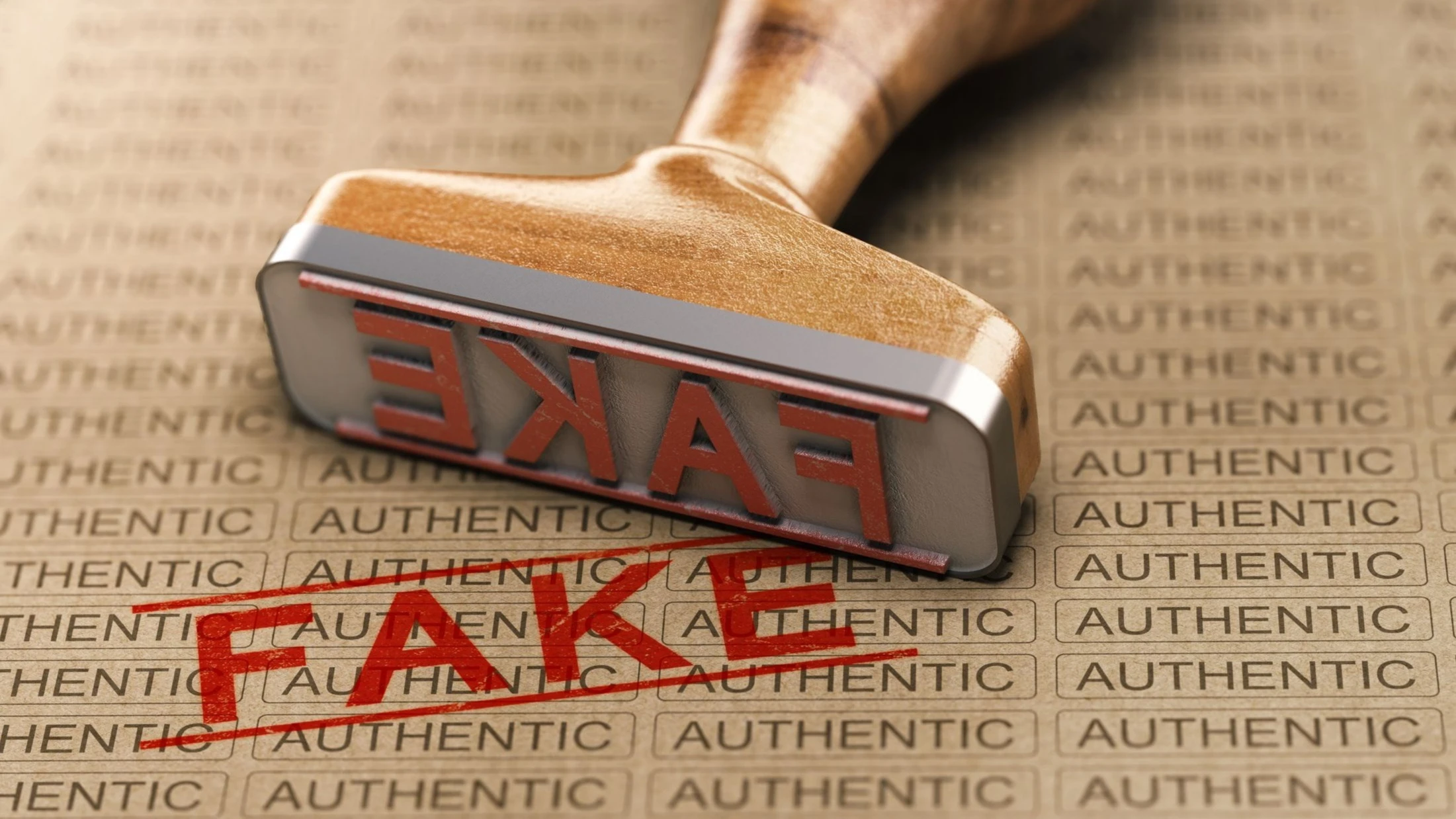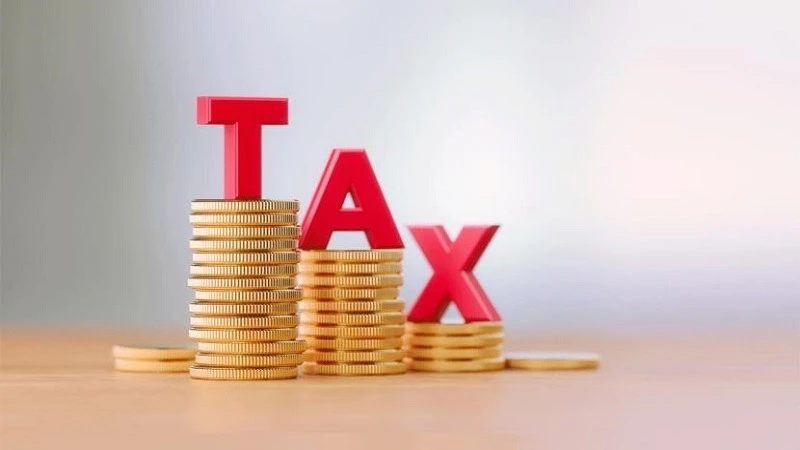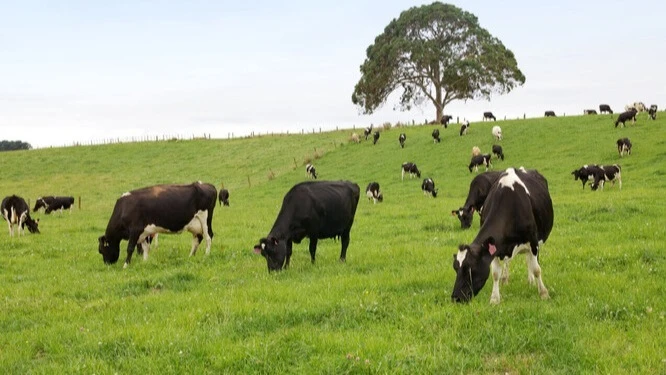Counterfeit goods cleaning drive targets protecting local goods, less of standards

REGULATORY agencies, be they as relates to industrial standards or to fair competition, routinely seek ways to combat the importation and wide sales of counterfeit goods and can scarcely talk of having made substantial headway.
They may chiefly have succeeded in discouraging those behind the business when such goods are intercepted and confiscated or destroyed by the standards regulator. Yet, they are soon back.
That is precisely why the Industry and Trade portfolio leadership appears keeping fighting to stem the tide fake or otherwise substandard products.
This often includes by issuing and executing directives demanding the strengthening of efforts to ensure that counterfeit goods are not offloaded into the market.
But even as such well-meaning efforts have been made for years, it is only now that the government is initiating the amending the Trade Marks Act of 1963, ostensibly to align it with technological advancements and an evolving business environment.
It is technological uplift of local products which in some areas also raises queries on imported goods trademarks.
The position was expressed recently in Dodoma city – at the national-level commemoration of World Anti-Counterfeit Day (June 20) organised by the Fair Competition Commission (FCC).
The respective ministry expressed grave concern at the wide-ranging presence of counterfeit products across various sectors, including construction (steel bars and roofing sheets), transport, food and clothing.
The preponderant view was that this proliferation posed significant risks to public safety and had clear adverse impacts on life generally and the economy and public health in particular.
Efforts to mitigate the harm or damage counterfeit goods can directly and otherwise induce are of immense importance and relevance.
This is primarily because those who buying and using such items usually know precious little about such products.
Take what are popularly known as substandard steel bars, for instance. Normally, no one would manufacture genuinely substandard steel and expect a large market.
That is why there is always a nuance when protection of local products to ensure quality is a bit of a loaded proposition, as that would likely wrongly assumes that the local product is of a better quality – simply because it is local.
It is evident that what is pivotal in that assertion is protecting the local product rather than enforcing standards, which means that merely asserting that the government needs to protect product quality and enforce the laws appropriately is simplistic, even of no consequence.
That is why regional and multilateral protocols on the issue are more reliable than local pronouncements tied with protection cries.
Regulatory agencies are rightly being encouraged to use modern technology to identify counterfeit goods like vehicle tyres, food products, steel bars and clothing.
The national FCC will be consulting with the relevant stakeholders, mainly brand owners, and demanding that they educate traders and monitor products in the market so that, together, they sweep the market clean of fake items.
In a situation where we have regional open markets or bilateral customs protocols, this sort of distinction ought to be consensually endorsed all the relevant parties to a trade protocol where the goods are listed.
With that, there will be other bottlenecks to clear, and at times shortcuts to destroy goods where no third party issue is expected – which is routinely so for cosmetics or foods.
Top Headlines
© 2025 IPPMEDIA.COM. ALL RIGHTS RESERVED

















